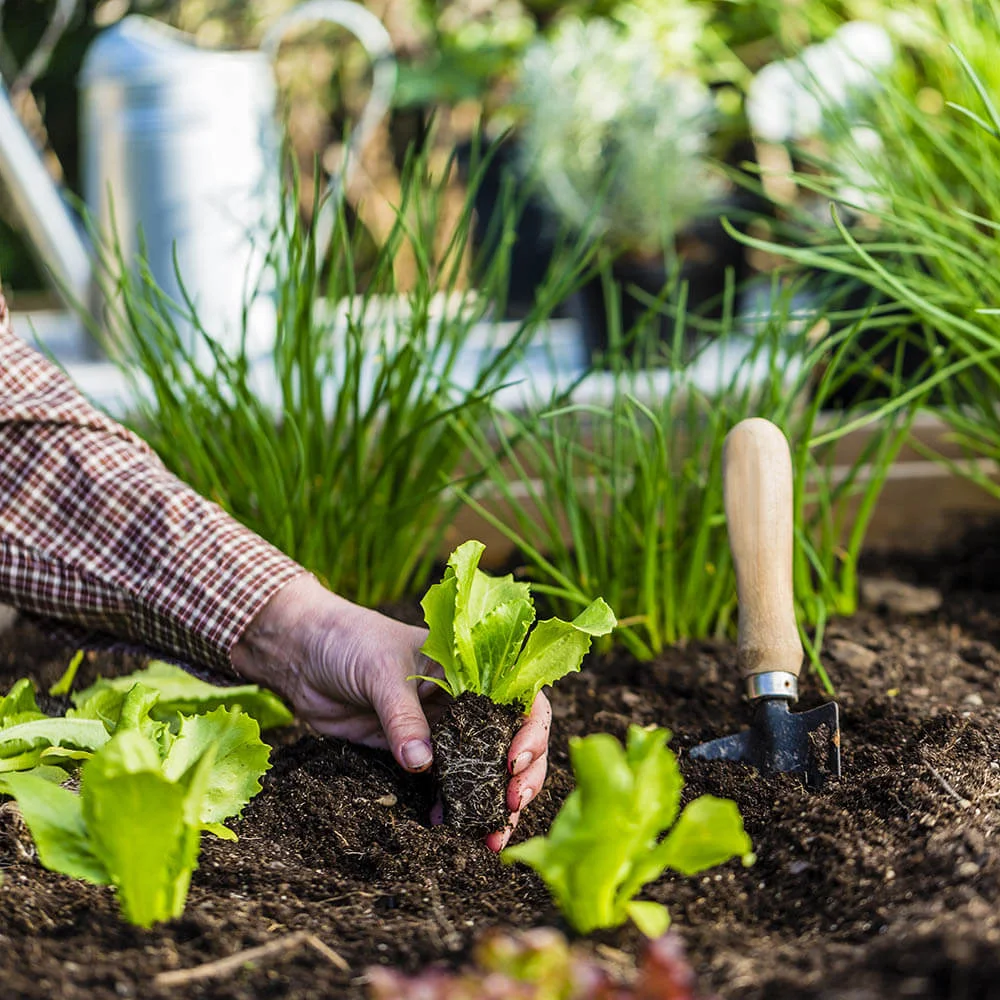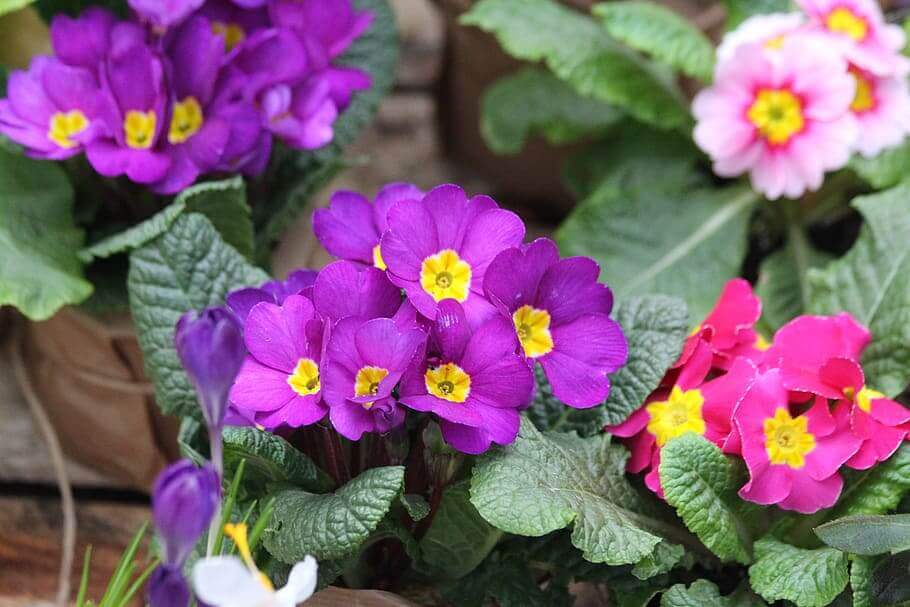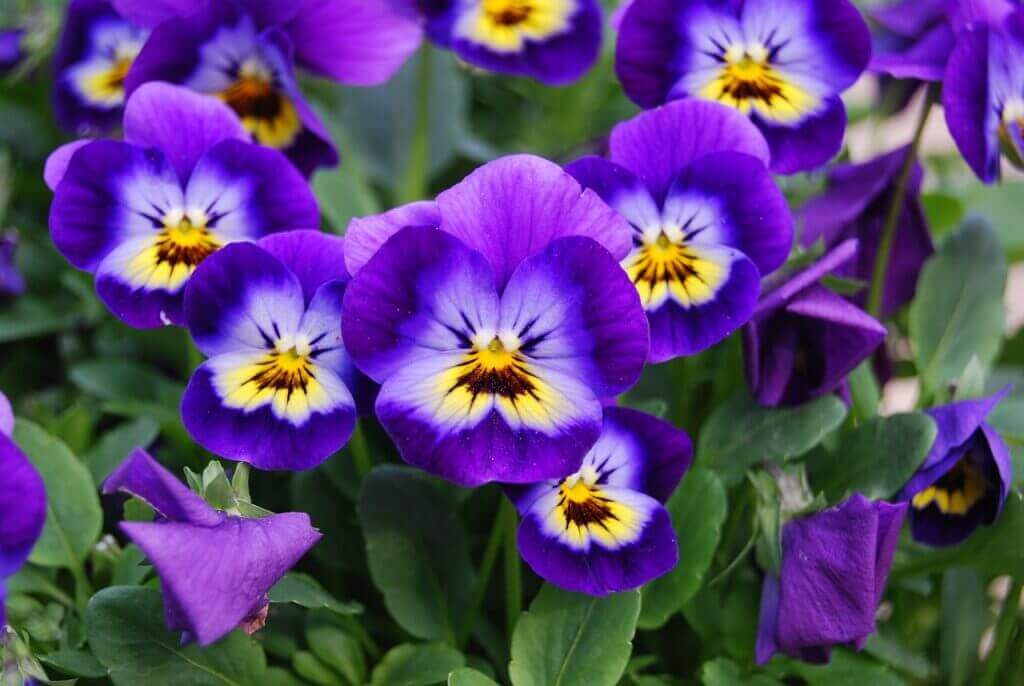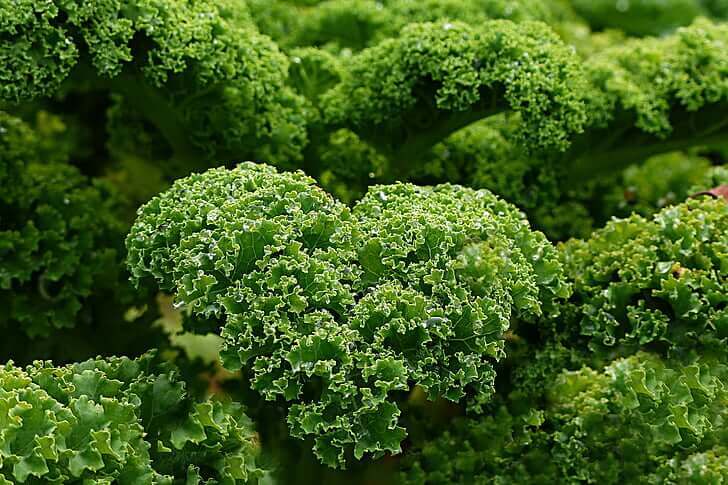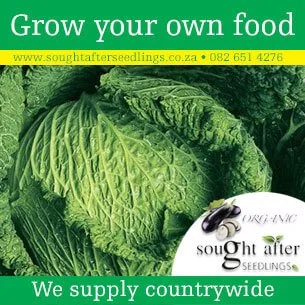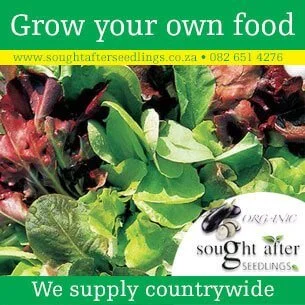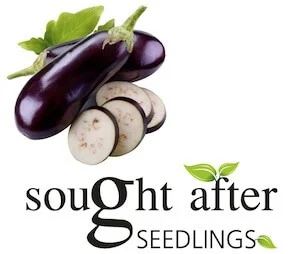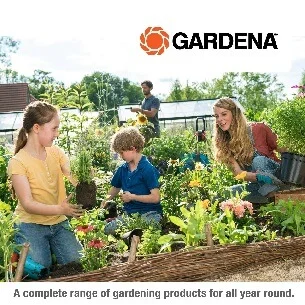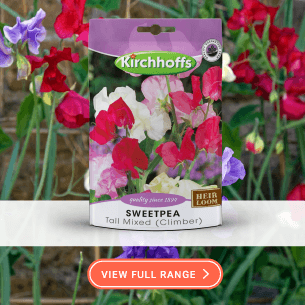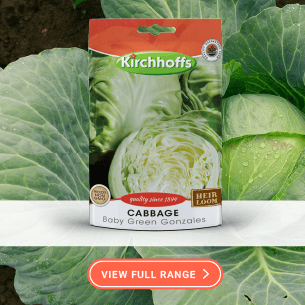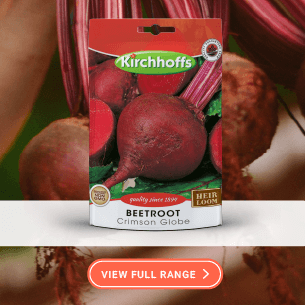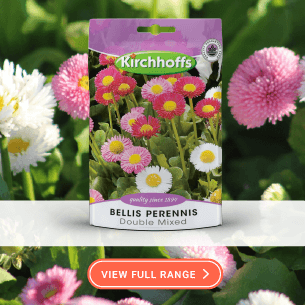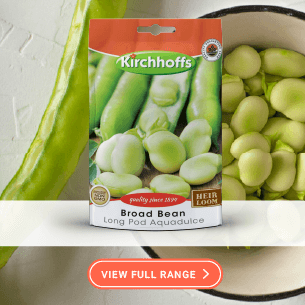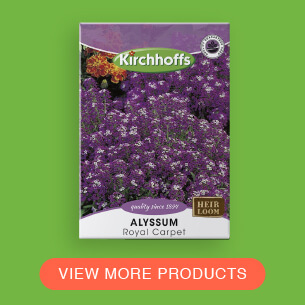Tips for Starting Your Winter Garden: A Beginner’s Guide to Winter Gardening.
In this beginner guide to South African winter gardening, we will delve into the world of gardening during the colder months in South Africa and guide you to be a green superhero on a successful journey to a beautiful cool season winter garden.
There are a few things as rewarding as a warm cup of coffee on a cold morning in a beautiful winter garden use our tips, tricks and advice listed in this article for a fun and successful productive journey when starting your winter garden. Starting a garden in winter may seem foolish to some, but remember, even though it might be a little cold, starting a winter garden comes with its perks. These include fewer pests and diseases, slower weed growth, outdoor exercise with the family and the massive joy of enjoying a fresh harvest of delicious homegrown vegetables for winter soup or some stunning flowers on the dining room table.
How to Start a Winter Garden: Step-by-Step Guide for Beginners:
Step 1 Select the right location for a new garden:
Starting a successful winter garden involves careful planning and preparation. As when starting any garden, it’s best to begin by choosing the right location for your garden. So, before you start digging up your lawn make sure you select an appropriate spot in your garden for what you plan to grow. To avoid later issues, it’s really important to take into account factors like sunlight, wind and cold protection and your nearest watering point. These and other factors could mean the difference between a fun healthy and successful gardening experience or an absolute cold messy flop.
Step 2 Prepare the soil for a new garden:
Clear the area of debris, existing lawn and weeds. Cultivate the soil nice and deep and amend with compost, a general fertiliser and a good handful of superphosphate or bonemeal to ensure it’s nutrient-rich and well-conditioned to accommodate new plants. Create a layout that maximizes space and accessibility for planting, watering, and maintenance this will make sure you enjoy your winter garden in the future.
Grow for life – Learning and Skill Development tip:
Patience and Observation: Gardening teaches patience and the art of observation. It requires careful monitoring of plant growth, recognizing subtle changes, and understanding the needs of each plant. By observing your garden over time, you develop a keen eye for detail and the precious life skill of patience. Gardening is good for you in more ways than you know.
Step 3 Choosing the Right Plants for Winter Gardening:
Selecting the appropriate plants is key to a successful rewarding winter garden. For a winter vegetables garden select cold hardy crops such as Peas, Radishes, Swiss chard, broccoli, and Brussels sprouts all of these thrive in cooler temperatures and promise an abundant harvest. These winter vegetables will reward you with nutritious harvests throughout the winter and early spring. Most of them can be sown directly into the soil and established seedlings will be available at nurseries nationwide. For a colourful flowerbed or boarder, consider Primulas, violas, begonias and snapdragons, which add vibrancy to your garden even in the coldest months and promise display to envy trough spring.
Step 4 Protecting Plants from Frost: Tips and Techniques for Cold-Weather Gardening:
Many plants can tolerate frost and won’t require protection. That said you may want to grow something more sensitive in which case the following is sound advice. In many parts of South Africa frost can be a challenge for the winter gardener, but there are several effective ways to protect your plants. Cover vulnerable plants with frost blankets or cloths to during frosty nights, creating a cozy shelter. Remember to remove frost covers when watering and if you are able remove them in the morning so your new plants can enjoy the sunlight throughout the day. Constructing simple structures like cold frames can provide additional protection and extend the growing season, however these are typically more relevant for starting new plants in the cold and are best reserved for more advanced gardeners. Keep an eye on weather forecasts and cover plants before temperatures drop to avoid frost damage.
Step 5 Creating a Microclimate: Maximizing Shelter and Sunlight for Winter Garden Success:
Selecting the right location for your winter garden could also protect it, so keep cold winds and frost in mind and pick a spot next to large walls or shrubs to promise your new winter garden extra protection.
Creating a microclimate in your garden can make a significant difference in plant growth and survival during winter. This is especially important for the brief period after new plantings while the plants are still establishing and acclimatising themselves. Position plants against south-facing walls or fences to maximize sunlight exposure and make use of natural features or construct windbreaks like hedges or temporary barriers to shield plants from cold winds. This creates a warmer and more favourable environment for your winter garden.
Step 6 Soil Care in Winter: Nurturing Nutrient-Rich Soil for Healthy Plants:
Healthy soil equals healthy plants which equal a healthy gardener. A good soil is the foundation of a thriving winter garden. Prioritize soil care by adding compost and organic matter to improve its fertility and structure. After planting add a layer of organic mulch to insulate the soil, retain moisture, and protect plant roots from temperature fluctuations. A layer for fallen autumn leaves or grass clippings will do wonders for your new garden and reduce watering. Avoid excessive soil compaction by minimizing foot traffic and using raised beds or pathways.
Step 7 Winter Garden Watering: Maintaining Adequate Moisture for Plant Health:
Proper watering is essential for the health of your plants and winter garden. Water newly planted seeds or plants well directly after planting and follow our advice below their after.
Often monitor soil moisture levels by checking the top few centimetres of soil with your finger. Check your soil moisture every 2 days or so and you will quickly determine how often your garden gets thirsty. Promote healthy root growth by watering deeply but less frequently. When you water your winter garden is equally as important. Time your
watering for the warmest part of the day to allow plants to absorb moisture before temperatures drop, I often suggest adding a timer to your tap or irrigation system for exactly this reason. Utilize rainwater whenever possible for a free splash, and mulch around plants to retain moisture and reduce water evaporation.
In conclusion Growing vegetables saves you money and helps you live healthy.
So, if you ask me the answer is a resounding yes, growing vegetables is cheaper than buying them in stores. Growing vegetables saves you money and helps you live healthy while you pursue your family and career goals in the modern digital world.
Sharing is caring
Thank you for being part of the PlantInfo family, together we grow for life to make the world a better place.
If you enjoyed this article, please share it with your friends on social media and let’s guide them to use plants and gardening for a happier, healthier and stress-free lifestyle.








